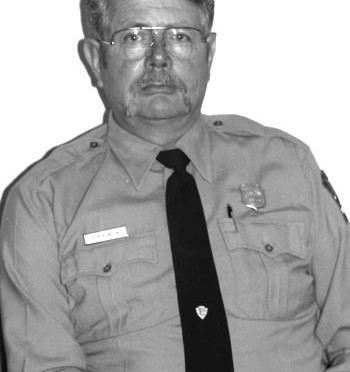Was that sort of complicated by previous staff having been so heavily involved in it?
Yes. There’s no doubt about it. You know, people get caught up. It’s an easy thing to get trapped into that kind of thing. When I was at Colorado National Monument, we had a little informal run across the top of Colorado National Monument by bicycle. No big deal, you know. Then it grew until it was a bicycle race. But for the most part, again, it really did not interfere with Colorado National Monument. It really didn’t. Well, a little bit.
Okay, but at a point, well after I left, it had grown to the point that it became an Olympic-qualifying race and part of the Coors Classic bicycle race event. It grew from something that was utterly benign and harmless, or almost so, to a major impact on the park and the visitor.
Certainly something that the park wasn’t established for. . .
Yes. It just kind of went, little by little by little by little, and suddenly there it was. Of course, I was long gone, and it was interesting. I don’t know where it is today. But I do know that the same attempt was to be made in other areas of the National Park Service and they kept going, I1Well, they do it at Colorado National Monument.I1 And I know that gave some regional directors some real fits, including Lorraine Mintzmyer.
I’ll bet. To what extent were you involved in public meetings during the DCP process from 1984 to 1988?
What, did they have five of those things?
Well, it seemed like it.
I went to most of them. I didn’t go to all of them. Those were Odegaard’s, you know, if that’s what you’re talking about.
Well, yes, 1 know about the ’88 one. I know there were public meetings, I guess, for the ’84 DCP.
Well, a lot of that, you know, was likely to happen. I was involved to some extent because there was nothing that happened in them that I wasn’t aware of and hadn’t bought into. We never generated an awful lot of opposition. There was nothing that I remember in any of those things that was going to cause great heartache to Crater Lake.


